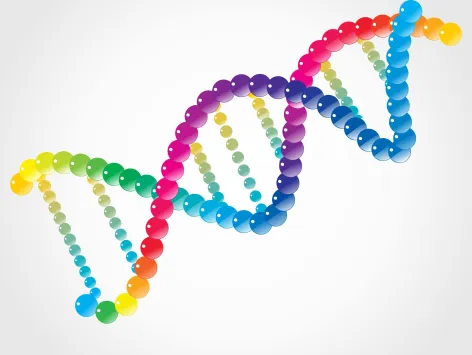Based on the concept of superposition, the force exerted on a single charge by another charge remains unaffected by the presence of additional charges. The force between charges can be computed individually for each pair, followed by the vector summation of these forces or determination of the net force acting on a specific charge.
The diagram illustrates the interaction between a charge denoted as q1 and additional charges. Therefore, in order to determine the force acting on q1, it is necessary to compute the individual forces exerted by each of the remaining charges, one at a time. The net force, denoted as Vector F1, acting on q1 can be determined by calculating the vector sum. The vector F1 can be expressed as the sum of vector F12, vector F13, and vector F14. Vector F12 represents the force exerted on charge q1 by charge q2, whereas vector F13 represents the force exerted on charge q1 by charge q3, and vector F14 represents the force exerted on charge q1 by charge q4.
Question: Two identical small charged sphere, each having a mass of 3.0 × 10–2 kg, hang in equilibrium as shown below. If the length of each string is m and the angle θ = 45°, find the magnitude of the charge on each sphere in nC. (g = 10 m/s2)
Solution:From the right angled triangle, we have sin θ= or, a = L sin θ = (15 m) sin 5° = 0.013 m
Hence, the separation of the spheres is 2a = 0.026 m
F.B.D. of one of the spheres:-

Since the sphere is in equilibrium, the resultants of the forces in the horizontal and vertical directions must separately add up to zero. thus
T sin θ – Fe = 0
⇒ T sin θ = Fe … (i)
and T cosθ – mg = 0
⇒ T cos θ = mg … (ii)
Dividing equation (i) by equation (ii) , we get
tan θ = or, Fe = mg tan θ
= (3 × 10-2 kg) × (10 m/s2) (tan 45°)
= 0.3 N
Let q be charge on each sphere.
According to Coulomb’s law
q = 15 μC
Question: Three charges lie along the x-axis as shown in the figure. The positive charge q1 = 15.0 μC is at x = 2.0 m, and the positive charge q2 = 6.00 μC is at the origin. Where must a negative charge q3 be placed on the x-axis such that the resultant force on it is zero? (in mm)

Solution:Since q3 is negative and both q1 and q2 are positive, the forces and
are both attractive. Let x be the co-ordinate of q3

We have
F31 = ; F32 =
Since the net force on the change q3 is zero,
we have, =
or, (4 – 4x + x2) (6 × 10–6C) = x2 (15 × 10–6 C)
Solving this quadratic equation for x, we get x = 775
Question: The electron and the proton in a hydrogen atom are 0.53 × 10–11 m apart. Compare the electrostatic and the gravitational forces between them in power of 10–41.
Solution: The magnitude of the electrostatic force is
FE =
=
= 8.2 × 10–8 N
The magnitude of the gravitational force is
=
= 3.6 × 10–47 N
The ratio of the forces
= 44
The is extremely small. So when we deal with the electrical interaction between elementary particles, gravity may safely be ignored.





